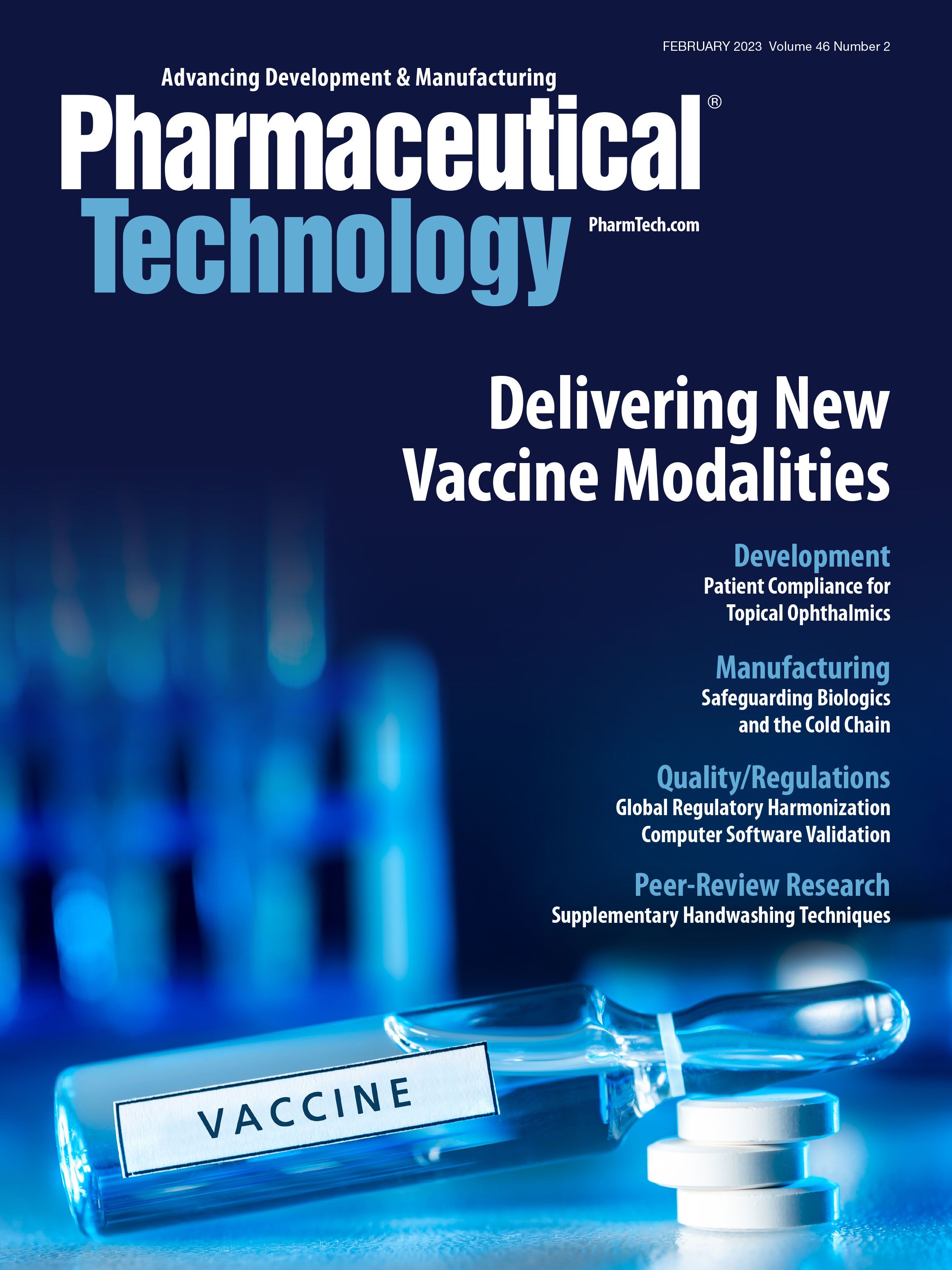Supplementary Handwashing Techniques to Improve Hand Hygiene
A fluorescence test method was used to visually evaluate handwashing efficacy. Difficult-to-clean areas on skin such as skin folds and webbing between fingers were identified; specific washing techniques to address problem areas are proposed.
MRAORAOR- STOCK.ADOBE.COM

Hand hygiene has become fundamental in the workplace and in modern life. Pharmaceutical, medical device, and other regulated industry personnel are trained on handwashing. Reminders encouraging repeated handwashing are posted throughout work facilities. Reference procedures are available in compendia, from regulatory agencies, and from professional organizations. Electronics are used to monitor handwashing and disinfectant compliance in hospitals. Numerous YouTube videos demonstrate actual handwashing performance. The COVID-19 pandemic has greatly increased public awareness of handwashing and hand disinfection.
While repeated and frequent handwashings are obviously desirable, more relevant are concerns about handwashing efficacy (i.e., the effectiveness of handwashing to remove contamination). Skin surfaces, handwashing methods, and physical force influence handwashing efficacy. Personal attitudes toward handwashing are another consideration; how serious is the handwashing effort by the individual? Much of handwashing information only emphasizes time, such as wash for 30 seconds or while singing “Happy Birthday.” Handwashing that is minimal, superficial, or careless will likely be ineffective.
The following discussion describes experiences with adult handwashing utilizing a fluorescence testing method. This method has been successfully used in handwashing training for many years. Specific handwashing problem areas on hands are identified. Washing techniques to address problem areas are proposed; these may be easily incorporated into established handwashing procedures to supplement ongoing practices. Related topics including ancillary tools, contamination sources, and handwashing retraining are also addressed. If people have a more thorough understanding of handwashing problem areas and focused techniques are applied to individual practices, enhanced hand hygiene efficacy will occur.
Click here for a PDF of this article.Peer-Reviewed
Submitted: Sept. 26, 2022
Accepted: Dec. 19, 2022
About the authors
Paul L. Pluta, RPh, PhD, is a pharmaceutical scientist with pharmaceutical industry and university level teaching experience. Bradley D. Bartels, PharmD, is clinical assistant professor, University of Illinois College of Pharmacy in Chicago, IL, USA. Varanya Chaiyaperm, RPh, PharmD, is clinical laboratory instructor, University of Illinois College of Pharmacy in Chicago, IL, USA.
Article details
Pharmaceutical Technology
Vol. 47, No. 2
February 2023
Pages: 22–28
Citation
When referring to this article, please cite it as P.L. Pluta, B.D. Bartels, and V. Chiayaperm, “Supplementary Handwashing Techniques to Improve Hand Hygiene,” Pharmaceutical Technology 47 (2) 22–28 (2023).

Full Tolerance Coverage Method for Assessing Uniformity of Dosage Units with Large Sample Sizes
March 10th 2025The ‘full tolerance coverage method’ is introduced as a coverage estimation approach for assessing the uniformity of dosage units from large sample sizes, ensuring that no dosage unit exceeds the specification range.
Legal and Regulatory Perspectives on 3D Printing: Drug Compounding Applications
December 10th 2024This paper explores the legal and regulatory framework around 3D drug printing, particularly for personalized medicine, considering regulatory compliance, business concerns, and intellectual property rights.
Determining Low PPB Levels of Nitrite in Polymeric Excipients
September 9th 2024In this paper, the authors introduce a method that combines ion exchange chromatography with an easier-to-perform, simpler one-step post-column derivatization that is selective to nitrite and visible spectrophotometric detection to allow high sample loading volumes without affecting resolution.
The Role of Dry (Water-free) Process Equipment Cleaning in Continuous Pharmaceutical Manufacturing
August 11th 2024The growing use of continuous manufacturing in the pharmaceutical industry merits a review of the application of dry cleaning and sanitization methods, especially for non-sterile oral solid drug product manufacturing of dry powders.